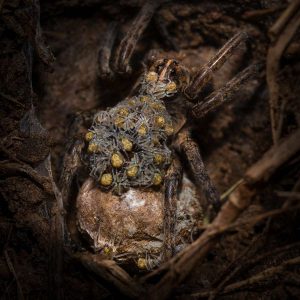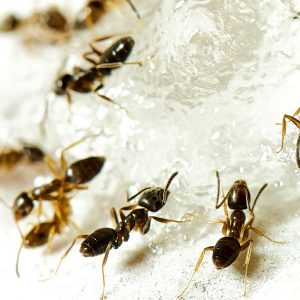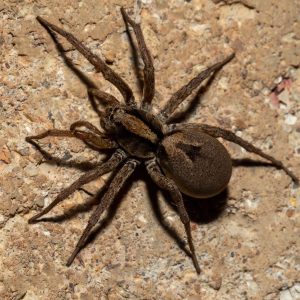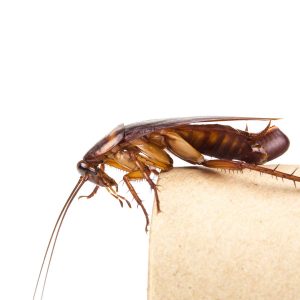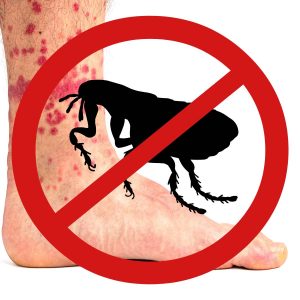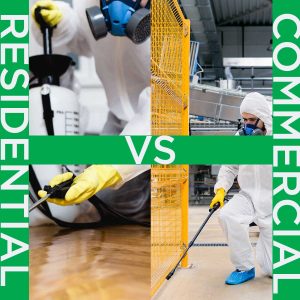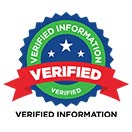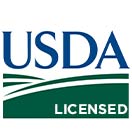Professional vs. DIY Pest Control
Most of us know the drill: see bug, race to hardware store, buy chemicals, race home, spray the place where the bug was, and hope it worked. Sometimes it does; often it doesn’t. It’s hard to win a fight against an enemy you don’t understand, and most of us don’t study pest behavior. Ants are among the worst because it’s difficult to kill the queen … or queens. Odorous ants, one of Kansas’ most common species, produce winged males and females that spread the colony from place to place around a property, starting new nests with new queens. If you don’t kill all the queens, you haven’t solved the problem. DIY pest control – traps, baits, and poisons you find on the retail shelves – can start getting expensive when nothing ever works. This is only one example of how it can be less expensive to hire a professional, instead of doing pest control yourself.
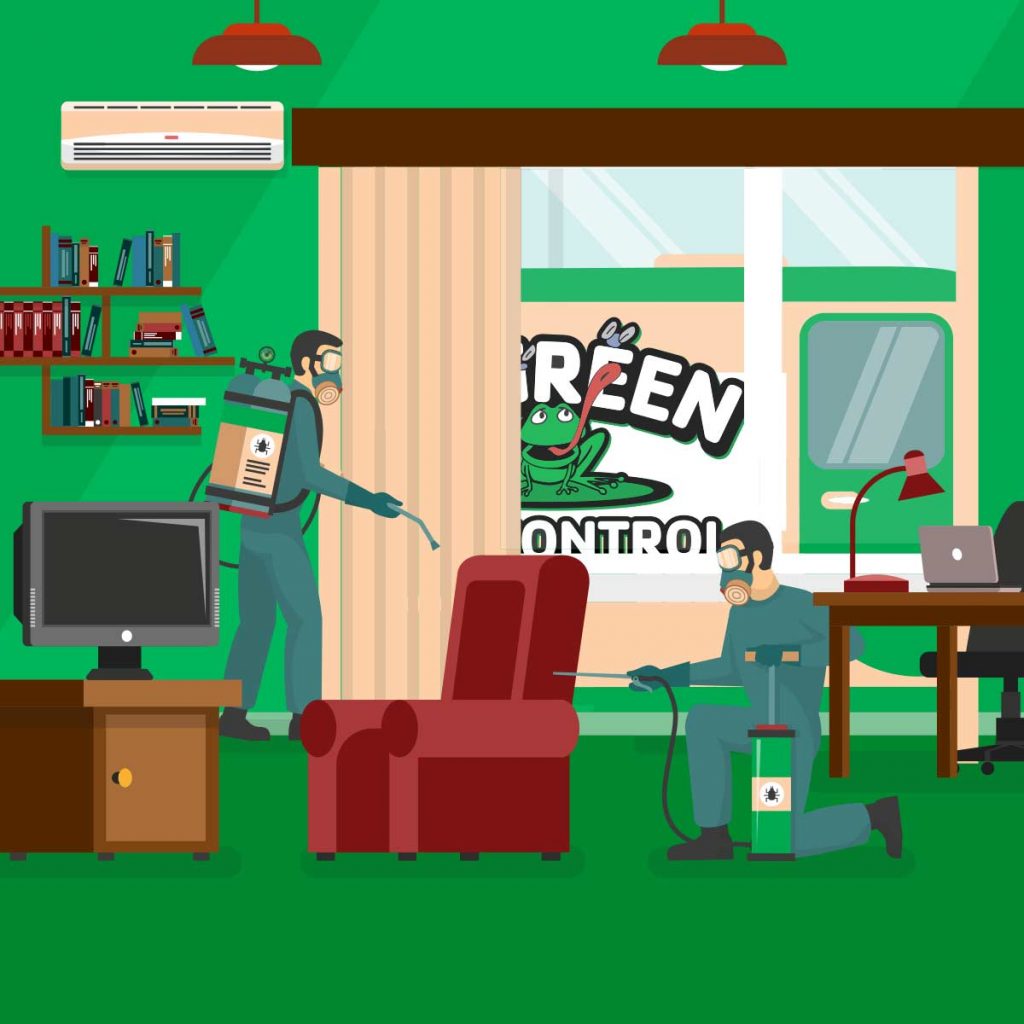
With so many DIY pest control solutions available, one might think you would never need a pro—and this may be true for some parts of the world, but Kansas is a particularly hospitable environment for billions of invasive pests, and they’re all very good at finding the same three things: food, water, and shelter. These are usually plentiful in and around human habitation, and it can take more than a few well-aimed squirts from a bottle to keep creepy crawlies away.
Some of them are nuisances, but others can cost serious money, if not properly treated. For example, termites silently cause $40 billion of annual property damage in America. By the time the average property owner sees them, the damage has already been done.
Rodents, ants, and roaches can destroy foods and foul storage areas, adding significant expense to “the pest problem.” The best strategy is prevention, and professionals use their knowledge of pest behaviors to keep these unwanted intruders away from dwelling areas, so the problem never occurs in the first place.
If you have an infestation, the costs can rack up quickly, and the math begins to shift. One rat can chew through the wrong wire in your house or chew up parts of the structure. Roaches and ants can foul entire stock piles of food. These are common occurrences in untreated buildings, and they cost property owners billions of dollars per year. Hopefully, this will never happen to you, but if it does, a few dollars a month for professional pest control may start to look like a pretty good deal.
Pest Prevention vs. Extermination
The perimeter of your home is the preferred battle ground for pest control professionals. The old adage, “An ounce of prevention is worth a pound of cure,” was never more true, where ants, roaches, rodents, flying insects, termites, and bed bugs are concerned. You can keep drenching the place with chemicals and laying out traps, but nature is very good at finding ways around human intervention. And sometimes, all you accomplish is making the pest population stronger. That’s how adaptable they are.
Go Green Pest Control can keep the average, 2,000 square foot home free of pests, year round, for about $75 month. It’s enough to make you rethink the tens or hundreds of dollar you can easily spend on sprays, sprayers, traps, poisons, and other DIY pest control solutions every year, not to mention the time you spend tracking down the problem, and the vapors you breathe while you treat it.
Licensed professionals know where to look and what to do. They’re good at keeping pests outside, but when the odd mouse or roach finds a way through the perimeter, a technician can find the entry point and treat the incursion before it becomes an infestation. In addition to treatment and inspection, Go Green’s Integrated Pest Management (IPM) plans include access to the technician’s professional expertise. This may include suggestions on how you can make your home more pest proof, a huge part of prevention.
The Pest Control Professional Toolbox: Knowledge, Chemicals, and Equipment
A pest control professional becomes licensed by studying the biology of pests, as well as the application of chemicals. It’s a science, not a quick craft you can pick up from a few YouTube videos. Professionals are out in the field every day, applying their education by observing and interacting with live pest populations. Every one of them has what you would call “a good tracking eye,” the ability to see subtle signs of infestation that can escape the untrained observer. Once they know what the pest is, they’ll have a pretty good idea of where it’s coming from, how it’s getting into your home, and what it’s doing there.
When they apply treatments, they’ll make precise chemical placements that attack one specific pest where it lives. And not where you live.
A licensed technician has access to more effective pest control chemicals than the average citizen, as well. The pros often use species-specific chemicals in stronger concentrations than you can get at your local store. The best part of these professional solutions is that they are approved by the EPA as minimally harmful to humans, pets, and wildlife (IPM methods are often called green pest control). If you’re an environmentally conscious person, IPM is far safer than anything you can do yourself.
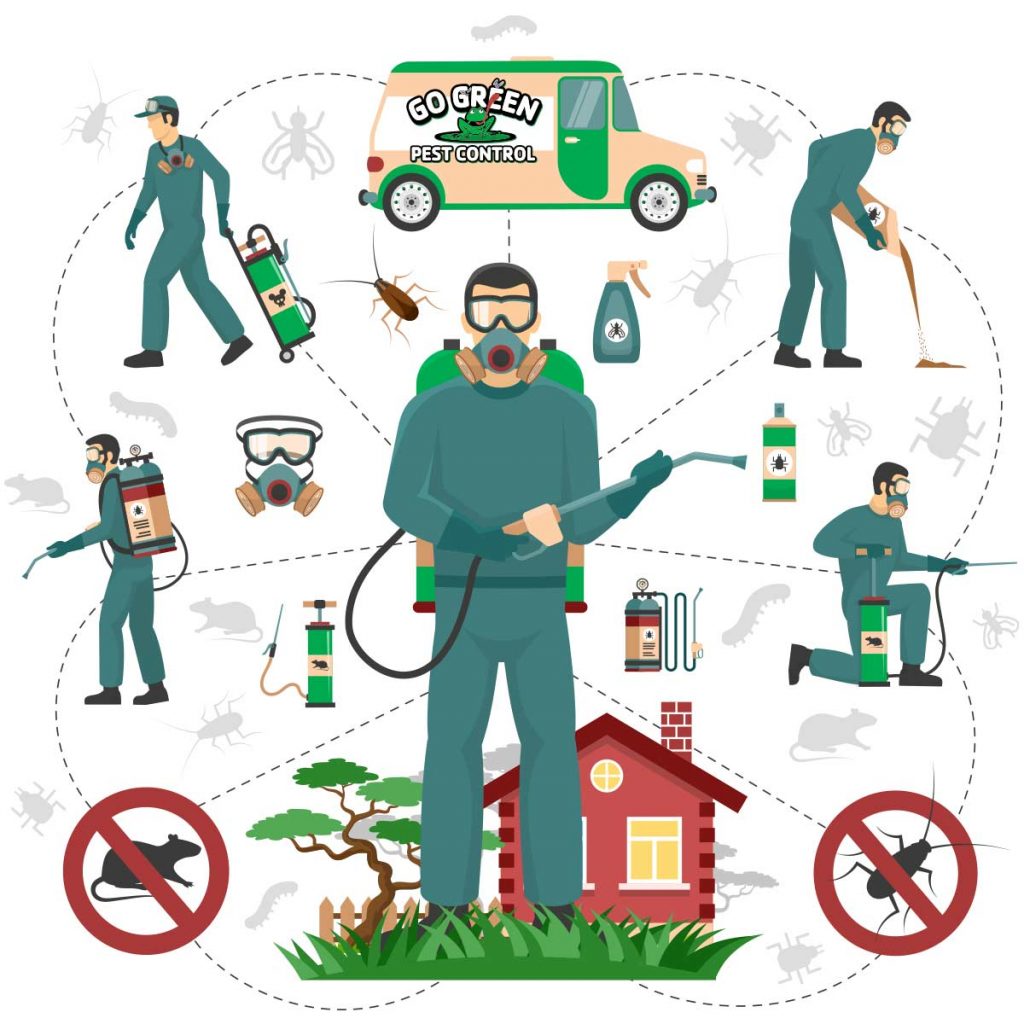
Professionals also use better tools. Their sprayers deliver precise amounts of chemicals into targeted areas and achieve better penetration into the recesses, holes, and crannies where pests take refuge. This targeting strategy is also part of the EPA’s guidelines for Integrated Pest Management, which prescribe solutions that are minimally invasive to non-targeted animals and their habitats.
Still, there are a lot of bad guys to go after, and the pros have IPM solutions for ants, centipedes, millipedes, crickets, earwigs, spiders, rodents, flying insects, roaches, and quite a few other nasty customers.
How to Use Pesticide Safely
If you decide to use retail remedies, arm yourself with information. Read and observe all instructions and warnings provided with the product. If any special equipment is required for treatment, like rubber gloves or a respirator mask, buy them and use them.
Check out online reviews to see what kinds of results people are getting with each product, and also what kinds of problems they’re having. Many pesticides are extremely corrosive to metals and other materials, and reading a few other people’s horror stories can save you from damaging your own property.
If you have children or pets, the situation is more complicated. Again, read all instructions, and don’t take any chances with your loved ones. Pesticide exposure has been linked to cancer; Parkinson’s disease; depression; attention deficit and hyperactivity disorder (ADHD); and asthma. If your DIY pest control treatments aren’t working, don’t keep laying down the poisons; get professional help.
You’ll also need safe storage for any chemicals you buy, and sadly, most pesticides have to be stored indoors (in Kansas, at least). If they get too hot or too cold, the ingredients separate and become inactive. Find a location that’s child- and pet-proof, and check pesticide containers periodically; they sometimes leak. If you have applicator bottles with detachable spray heads at the ends of hoses, store the spray heads higher than the top of the fluid level in the bottles to prevent siphon leaks through the nozzle.
What’s the Best Pest Control Plan for You?
You can do pest control yourself. If you’re really handy, you can do your own plumbing, painting, and automotive work, too. But some things are better left to professionals, and working with hazardous materials in human living spaces could arguably fall into that category. Hopefully we’ve armed you with enough information about the technical nuances of professional pest control, as well as the human and environmental hazards of DIY pest control, to make an informed decision.
If you live in Wichita, Andover, Manhattan, or Junction City Kansas, Go Green can help. Give us a call to chat with a professional: (316) 733-0687 in Wichita or (785) 377-0687 in Manhattan and Junction City, Kansas.

